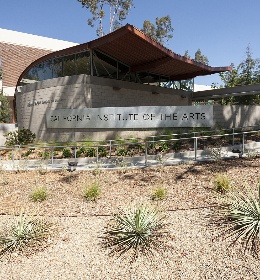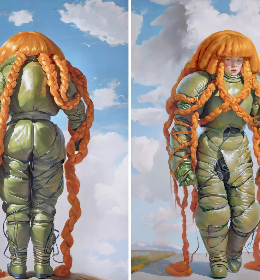Following alleged threats from artists Daniel Bombardier, James “Dabls” Lewis, Jeff Soto and Maxx Gramajo of a copyright infringement lawsuit against Mercedes-Benz USA, the car company has turned the tables, themselves filing a lawsuit on Friday 29th March against the artists in a bid for a federal judge’s ruling stating that their use of the Detroit street art did not infringe copyright. Mercedes have claimed that the vehicle, and not the art, was the focal point of the photos, to such a degree that they supposedly “fundamentally transformed the visual aesthetic and meaning” of the work.

The Executive Director for the Murals in the Market programme, however, took an opposing view, commenting in a statement: “We stand firm that the copyright of the artwork always belongs to the artist, unless the artist decides otherwise. […] We side with the artists and will help fight against corporations who don't act responsibly or respectfully.”
Beyond the legal implications of this case, there exists a wider ripple effect which could be devastating to the world of street art should the courts accept Mercedes’ argument; in fear of being taken advantage of and being stripped of their rights by companies using artworks without their creators’ permission, artists could well prove reluctant to continue creating outdoor art pieces for the wider public to enjoy.
For more information, click here.









